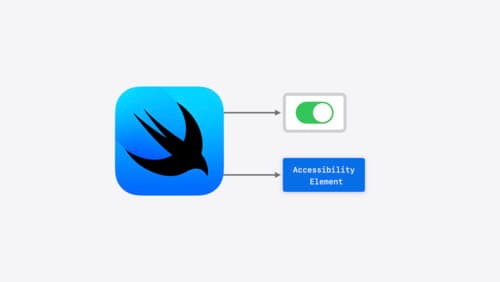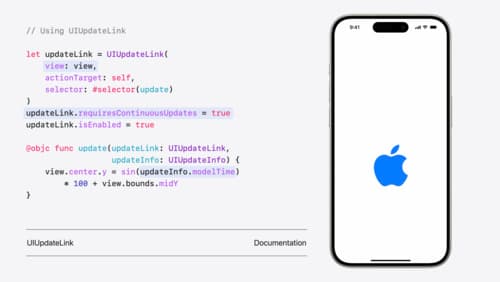what is uiaction
Asked on 2024-08-04
1 search
UIAction is a part of the UIKit framework that allows you to define actions that can be invoked by the system to control apps. These actions can be used in various contexts, such as menu actions in the macOS menu bar, iPadOS and visionOS keyboard shortcut menus, and iPhone mirroring scenarios. UIAction, along with UICommand and UIKeyCommand, helps in making your app's commands accessible through different system invocations.
For more details, you can refer to the session What’s new in UIKit (18:14).

Catch up on accessibility in SwiftUI
SwiftUI makes it easy to build amazing experiences that are accessible to everyone. We’ll discover how assistive technologies understand and navigate your app through the rich accessibility elements provided by SwiftUI. We’ll also discuss how you can further customize these experiences by providing more information about your app’s content and interactions by using accessibility modifiers.

What’s new in UIKit
Explore everything new in UIKit, including tab and document launch experiences, transitions, and text and input changes. We’ll also discuss better-than-ever interoperability between UIKit and SwiftUI animations and gestures, as well as general improvements throughout UIKit.

Enhance your UI animations and transitions
Explore how to adopt the zoom transition in navigation and presentations to increase the sense of continuity in your app, and learn how to animate UIKit views with SwiftUI animations to make it easier to build animations that feel continuous.
